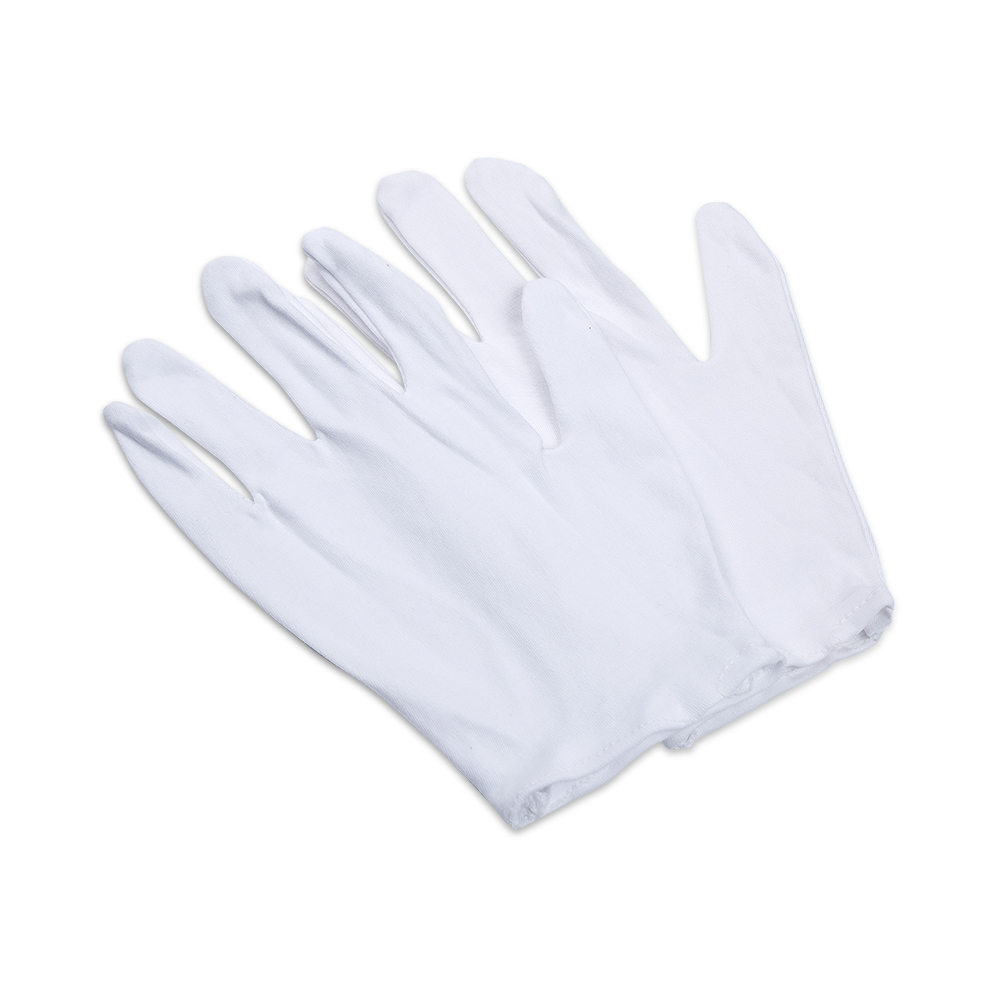To ensure that accessories for test weights provide accurate measurement results in actual applications, proper calibration and verification are essential.
Begin by familiarizing yourself with relevant calibration standards, such as ISO/IEC 17025 or specific national standards like NIST. These standards provide a framework for ensuring the accuracy and reliability of measurement instruments.
Choose calibration weights that are traceable to national or international standards. Ensure these weights cover the range required for your applications and are made from materials suitable for your specific needs, such as stainless steel or brass.
Set up a controlled environment for calibration. This should minimize external factors that could affect measurements, such as temperature fluctuations, humidity, and vibrations. The calibration area should be clean, stable, and free from drafts.

Start by ensuring the accessory is zeroed out. Remove all weights and adjust the device to read zero.Gradually apply known weights to the accessory. Begin with the lowest weight and progressively increase to higher weights.For each weight applied, record the readings displayed by the accessory. Compare these readings with the known weights.
Reset the electronic device to zero without any load.Follow the manufacturer’s calibration procedure, which may involve entering specific parameters into the device.Apply various known weights at different points across the range and record the outputs.
Implement a regular calibration schedule based on the frequency of use, environmental conditions, and manufacturer recommendations. Accessories used frequently or in challenging environments may require more frequent checks.
Ensure that personnel involved in the calibration process are adequately trained. Establish clear procedures for both calibration and routine checks to minimize errors and ensure consistency.
Periodically review the calibration process to identify areas for improvement. Incorporate feedback from users and stay updated on any changes in standards or technology that may affect calibration practices.
Properly calibrating and verifying accessories for test weights is crucial for achieving reliable and accurate measurement results. By following these steps—understanding standards, preparing the environment, calibrating correctly, and maintaining thorough documentation—you can ensure that your accessories remain precise and trustworthy. Regular reviews and staff training will further enhance the effectiveness of your calibration processes, leading to improved measurement quality and greater confidence in your results.

 English
English















